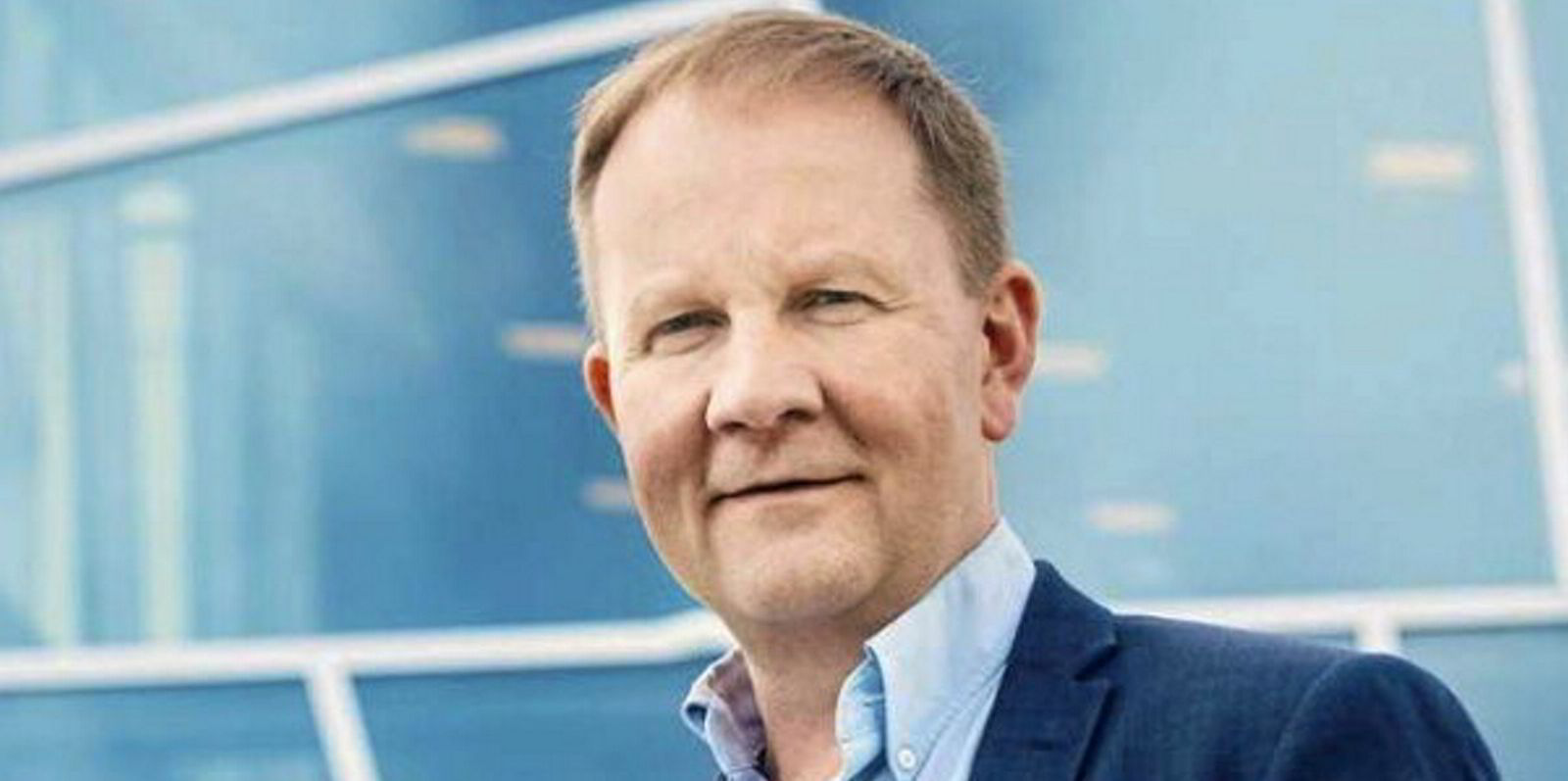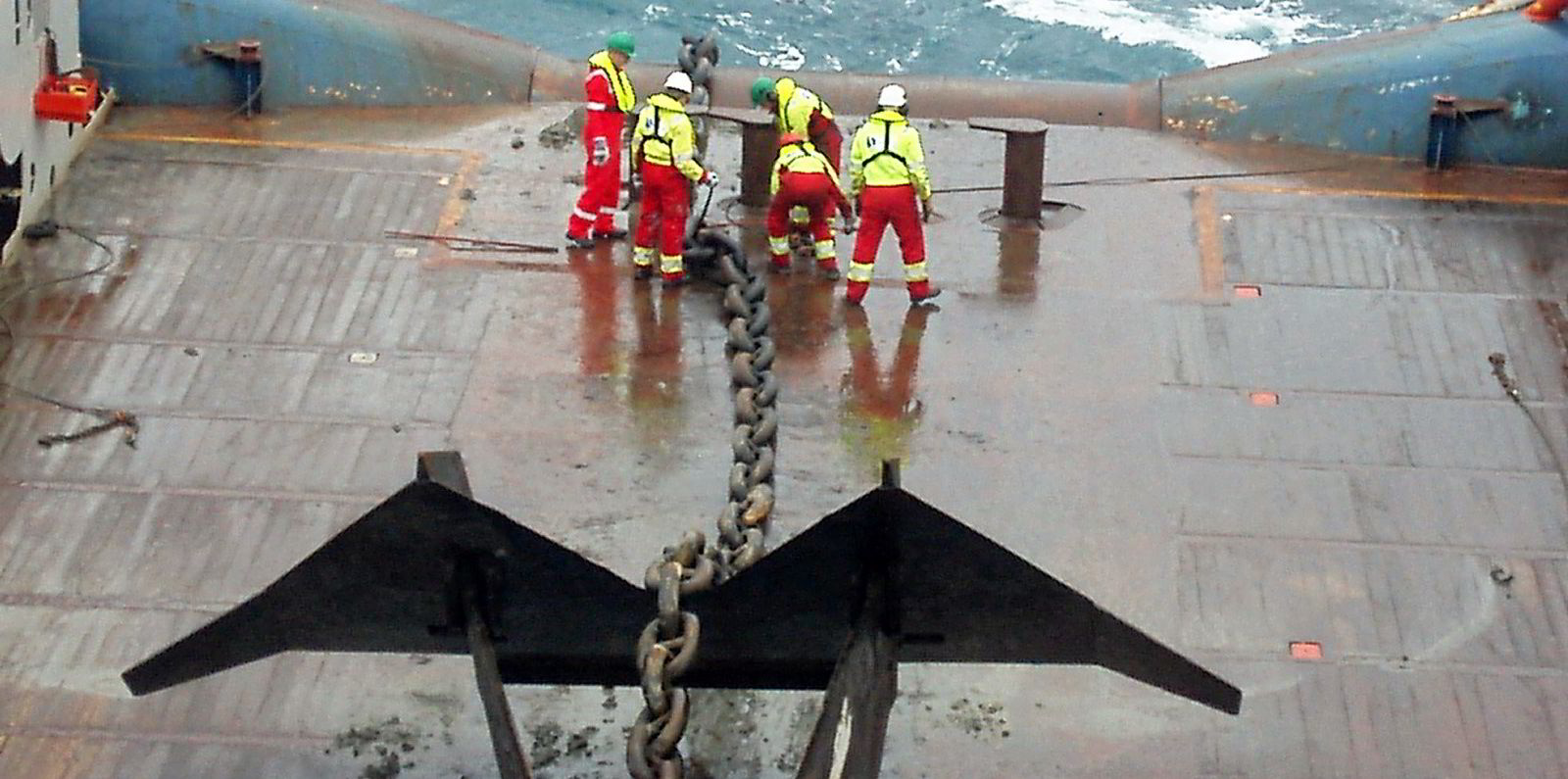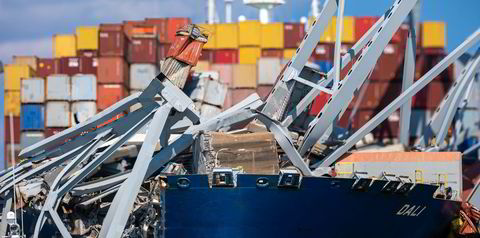Offshore support vessel markets should continue to improve next year due to a lack of suitable vessels to bring out of lay-up worldwide.
During a shipping webinar, Norway’s Fearnley Offshore Supply pointed to a deadly combination of long-term stacking and ageing assets as key to the ongoing sector recovery.
Analyst Jesper Skjong said there is still a “significant” amount of vessels cold-stacked on a global basis.
More than 1,200 OSVs were laid up at one point in 2017, but this is now down to somewhere around 750 units.
Fearnleys has had to renew its definition of what constitutes a non-commercial vessel in lay-up terms.
This used to be defined as a ship cold-stacked for more than three years and older than 15 years.
“But now that the market is tightening and we are seeing owners scrabbling to reactivate commercial vessels, the vast majority of the cold-stacked fleet has actually maintained that status for more than five years, and are aged more than 20 years,” Skjong added.
The analyst said reactivation costs have to be considered, as well as the state of equipment such as hydraulics, wires, pipelines, and even the steel.
The biggest regions for lay-up are West Africa, the US Gulf of Mexico and South East Asia, where high humidity affects the durability of equipment on board.
No financial justification
It is near impossible to justify the financials of bringing these ships back into service, Fearnleys believes.
“Most of the cold-stacked fleet has become a zombie fleet merely existing until it’s put to eternal rest,” the company said.
The newbuilding book is almost empty, and there will be incremental vessel demand due to more rig activity in the short term.
Skjong is forecasting 90% and 80% utilisation rates for platform supply vessels and anchor-handling tug supply units, respectively, by the end of 2023.
“This is quite significant,” he said. “So there you have it, we are forecasting a balanced market by the end of next year worldwide.”
And Skjong believes that markets do not need to be sold out of ships for rates to go through the roof.
Utilisation rising
In the North Sea and Brazil, there is utilisation of around 80% or 90% for PSVs, with rates skyrocketing.
In Brazil, PSVs are securing upwards of $40,000 per day for long-term tenders, with 20% of the fleet in lay-up, the analyst added.
But he said the stacked ships are “simply not commercial”.
In the US Gulf and West Africa, utilisation is at 40% and 50%, respectively.
But rates have increased 30% and 40% since the start of the year, Skjong revealed.
Crew questions
So using around half of the active fleet can also result in a strong rate rise, he argued.
The US Gulf is seeing rates close to $40,000 per day for a PSV.
“Getting qualified personnel is also an aspect that comes into play,” Skjong added.
“We’re even at that stage where US owners are pulling international ships back to their Jones Act market because they’re simply scrambling for active tonnage,” he said.
For AHTS units in Brazil, term contracts are at $80,000 per day, a rate not seen since 2012.
In the North Sea, there has been a rate “transformation”, with term rates at a post-2014 high, Skjong argued.
On the spot side, you have to go 10 years or even further back to see similar levels.
“Owners have confidence and are really putting the screws on operators and demanding better conditions and more lenient terms in negotiations,” said Skjong.







